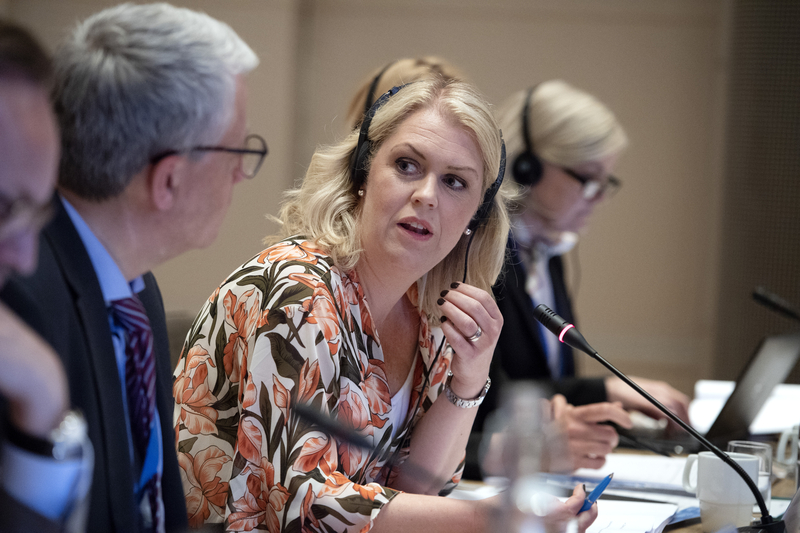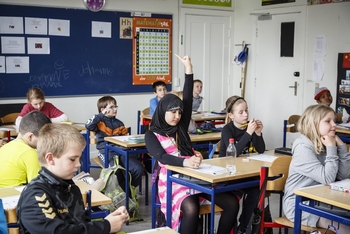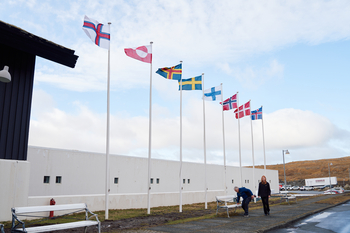“Include men in gender equality!”

The meeting was organised in connection with the fourth International Conference on Men and Equal Opportunities (ICMEO), this time hosted by Sweden. In addition, the conference looked at changes in social norms and stereotypes as a way to focus more keenly on men and boys in gender equality efforts.
Sweden’s Minister for Children, the Elderly and Gender Equality, Lena Hallengren, emphasised the importance of involving men and boys, and integrating masculinity issues into gender equality efforts.
A change in masculinity norms can reduce violence
“Challenging masculinity norms promotes gender equality and provides better opportunities for all. This is especially important in efforts targeted at young people. Efforts to bring about a world that is more gender equal must be progressive and seen over the long term. Gender equality is not something that occurs passively. We have to work hard to achieve it. If we stand still, gender equality could easily slip backwards,” says Swedish Minister for Children, the Elderly and Gender Equality, Lena Hallengren.
“A changed in masculinity norms can provide a safer society with less violence, improved health for inhabitants, more gender-equal relationships, as well as a key to the gender-segregated labour market. The Nordic Region’s gender-segregated labour market is one explanation for current disparities in pay and income between women and men,” says Hallengren.
To varying degrees, all of the Nordic countries are addressing the area “men and gender equality” in their national gender equality policy objectives, while efforts to stress that gender equality also applies to men have been bolstered in the region. Gender equality is a powerful branding issue in the Nordic Region, and other countries are interested in finding out about our experiences.
New report on economic impact of gender equality
Gender equality is not just a pillar of our Nordic welfare societies or a question of justice and democracy, but it is an economic issue as well.
A new OECD report commissioned by the Nordic Council of Ministers shows that gender equality in the Nordic Region has resulted in strong GDP growth for all of the Nordic countries. In the Nordic countries, nearly three-quarters of women are employed. The steady increase in the number of women in work accounts for between 10% and 20% of GDP growth per capita over the last 40 to 50 years.
“If women in the Nordic countries switched from part-time to full-time employment, this would boost the economy by an additional 15% to 30% per capita growth in GDP,” says the Secretary General of the Nordic Council of Ministers Dagfinn Høybråten.
However, the OECD report “Is the Last Mile the Longest?” points out that the Nordic Region is still grappling with occupational segregation in the labour market, a persistent gender pay gap, as well as gender inequalities in part-time work.
“In order to run this last mile, we need to put the spotlight on masculinity norms,” says Åland’s Minister of Self Government, Equality and Law, Katrin Sjögren.
Role of men in the spotlight
The active participation of men and boys in gender equality efforts is a cross-cutting theme of the current Nordic Co-operation Programme for Gender Equality, 2015 to 2018. A new co-operation programme will be developed and come into effect on 1 January 2019. At the meeting in Stockholm, ministers supported making a separate area of the co-operation programme to address the issues of men and gender equality, masculinity norms, and the active participation of men and boys in gender equality efforts. The three other areas could address issues relating to the future of working life and growth, welfare, health and quality of life, as well as power and influence.



